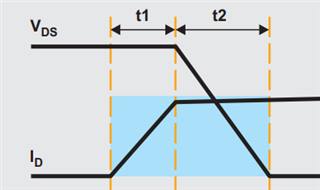Hi all,
My design: Vin 60V, Vout 11V, Imax = 100A, Fsw = 300kHz.
1, I need some helps to select MOSFET for high side and low side. The currently I chose BSC036NE7NS3GATMA1, but when I entered the parmameter into
the quickdesign tool, the effeciency at load 100A is very low.
Please explain more with this.
2, Follow the datasheet, the power loss for switching of low-side Mosfet is neglible , I don't understand this.



